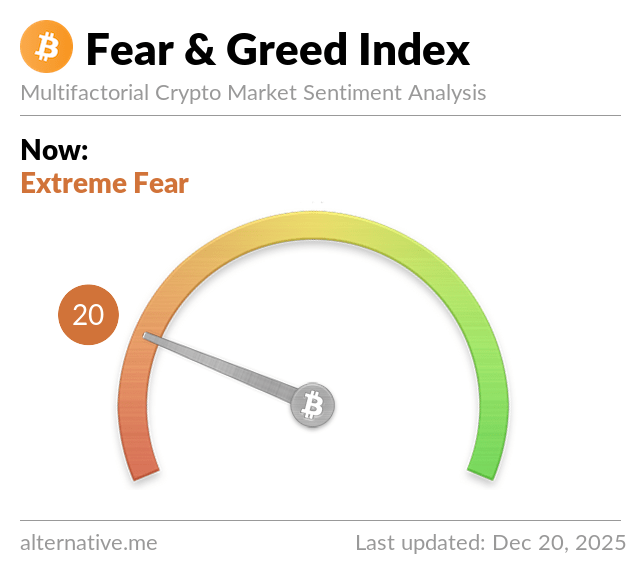The emergence of memecoins on the Solana blockchain has taken the crypto world by storm in recent years. What initially seemed like a fun and lighthearted trend has now evolved into a multi-billion dollar market that is attracting the attention of high-profile individuals such as U.S. President Donald Trump, Melania Trump, and Argentina President Javier Milei.
The rapid growth of memecoins on Solana has been fueled by these celebrities, but it has also brought about a concerning trend. A large number of covert participants now control a significant portion of the memecoin market, allowing them to execute highly profitable trades while leaving retail investors to bear the losses.
This phenomenon is reminiscent of earlier crypto cycles when memecoins first started gaining popularity as developers began incorporating internet memes into their projects. The success of Bonk, one of the first memecoins on Solana, served as a catalyst for the platform to become the go-to blockchain for launching memecoins.
Notably, both Trump and Melania launched their own official memecoins on Solana, which have since seen significant depreciation in value. Similarly, the launch of Libra, a memecoin endorsed by President Milei, also faced controversy and struggled to maintain its value.
Market participants have noted a troubling pattern emerging on Solana, with the creation, launch, and sale of memecoins being controlled by interconnected networks of insiders. This has raised concerns about the fairness and transparency of memecoin launches, echoing the dynamics seen in previous crypto cycles.
One of the key factors contributing to the insider advantage in memecoin trading is the involvement of key opinion leaders (KOLs) who leverage their social media influence to promote and profit from memecoin projects. While most memecoin launches claim to follow a “fair launch” model, where tokens are simultaneously available to the public, the reality often involves pre-sale arrangements that benefit insiders.
Cabals, or groups specialized in launching memecoins, play a significant role in orchestrating pump-and-dump schemes that exploit retail investors. These cabals create memecoins designed to attract buyers at launch, only to quickly lose value afterward. Tactics such as sniping, which involves using trading bots to capitalize on short-term gains, have become common practices in memecoin trading.
The rise of platforms like Pump.fun and Meteora on Solana has further exacerbated the issue by providing tools to facilitate the creation and launch of memecoins. This has created a zero-sum game where investors focus solely on short-term gains rather than the fundamentals or utility of the tokens.
As memecoin trading continues to evolve, retail investors are urged to exercise caution and learn from the losses experienced in the market. While regulatory bodies like the U.S. Securities and Exchange Commission do not currently classify memecoins as securities, investors are reminded that they are not afforded the same protections as traditional investments.
Despite the uncertainties surrounding memecoins, industry experts believe that the market will ultimately serve as a learning experience for retail investors. As the hype around memecoins subsides, a more cautious and informed approach to investing in digital assets is likely to prevail.











